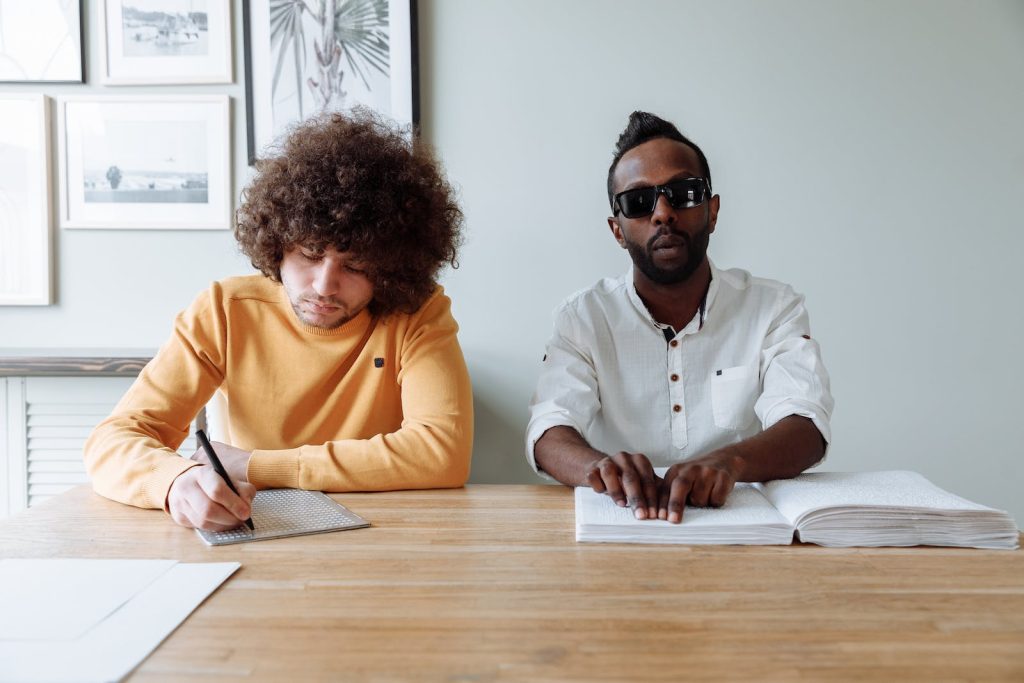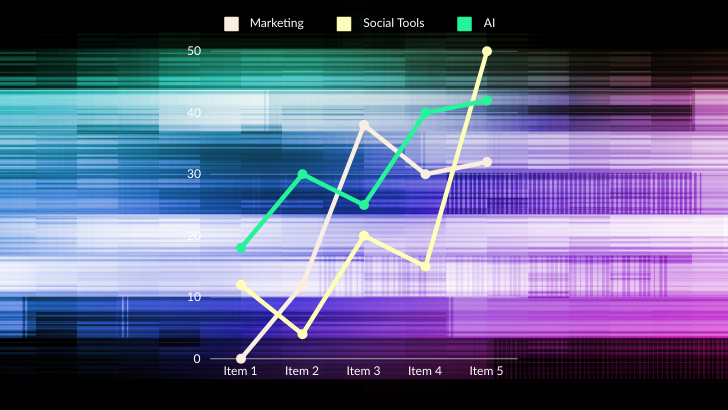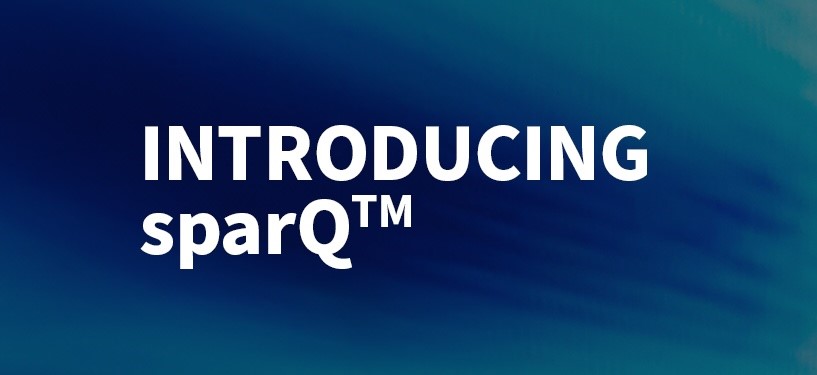Every day, entrepreneurs and designers work to incorporate technology into new products to benefit the growing disability population, which is estimated to be 1.85 billion people, or approximately 15% of the global population. There are at least 700 companies currently working in this sector, which isn’t surprising given that the assistive technology market is already valued at over $21 billion and is predicted to reach nearly $30 billion by 2028.
However, well-meaning innovations often fail to deliver useful solutions or gain traction with their intended users. The challenge? Companies in the disability-tech space often lack access to customers for primary market research and user testing and feedback, and many struggle to find investors. Even the most innovative products are successful only if they meet a real need in the marketplace.
According to projections from the National Eye Institute, the number of people in the United States with visual impairments or blindness is expected to double to more than 8 million by 2050. Additionally, with the youngest of baby boomers turning 65 by 2030, the total number of Americans with age-related ailments, such as hearing loss, arthritis that impacts hand and finger dexterity, and mobility issues, will also spike. This gives you a sense of the significant need for disability tech innovation that is, at its core, customer-centered and solutions-oriented.
Launched this month, the Howe Innovation Center at Perkins is designed to unlock the power of the entrepreneurial and disability communities to create purpose-built solutions for a more accessible world. Named in honor of Perkins’ forward-thinking founding director, Samuel Gridley Howe, the Center will amplify the lived experience of those with disabilities and help innovators better understand the needs of the customers they hope to serve. It will accelerate product innovation for the disability community by creating an accessibility ecosystem that connects and convenes entrepreneurs, people with disabilities, investors, academia, research labs, and large companies with shared goals. Through strategic programming, it will help remove friction points to get codesigned products and services to market faster and with fewer costly missteps. This comprehensive and interconnected approach will channel innovation efforts toward the most critical design challenges, leading to more practical and user-focused solutions that real people are more likely to adopt.
While Perkins is not the first to address the challenges of the fractured and disconnected accessibility tech sector, we are uniquely positioned to offer an effective solution as a world-renowned institution dedicated to accessibility and with access to a large community of children and adults with a range of disabilities. Perkins can connect real customers to real entrepreneurs and technologists, and together, we can solve real accessibility problems. We believe that accessibility and inclusion are human rights. As the world is built to accommodate people without disabilities, it is our responsibility to catalyze innovation to level the playing field.
The Howe Innovation Center is a natural extension of Perkins’ ongoing work to build a world where people with complex disabilities and visual impairments can learn and thrive. The key reason for Perkins’ success over nearly 200 years has been our ability to innovate. We have looked to technology to solve old problems in new ways, making it possible for people with disabilities to learn, work, and live. We understand that technology enables everyone to be a part of society.
As a first step in launching the Howe Innovation Center, we wanted to fully understand who is currently working in this space, and to that end, we created a robust database of more than 700 disability tech companies. We are also creating a unique taxonomy that brings together the type of disability innovation with the technology used to deploy the product (e.g., “artificial intelligence-based navigation solutions”). In this way, we can not only track products under development, but identify where there may be overlap, and what needs are not being addressed by current projects.
To ensure we leverage deep expertise about innovation, community building and the lived experience, our Advisory Group members bring a range of perspectives to the Center’s work. Vicky Wu Davis, founder of YouthCities and member of our advisory group notes, “As an angel investor in search of accessibility startups, and parent of a child with a visual impairment, I understand the need to remove friction points that will get new disability-tech products and services to market faster.”
The Howe Innovation Center will serve as an international resource center to gather and share market research, highlight progress and barriers in the innovation community, and facilitate the processes of user-centered design, strategic partnerships, and investment. Over time this research will reveal trends in innovation activity, areas for collaboration, and investment opportunities. We are excited to partner in 2023 with Olin College of Engineering, whose expertise in data visualization will help us display our research findings on the Howe Innovation Center website, allowing us to build a powerful online community.
The role of the Howe Innovation Center is to:
Amplify the lived experience
The practical challenges that our community must navigate daily are not widely understood. We will shine a spotlight on community-sourced top challenges ripe for innovative solutions.
Catalyze innovation
Innovation for people with disabilities, specifically those who are blind or visually impaired, has lagged the broader frontier of new product and service innovation. Our programs will remove friction points for startups, investors, and large corporations looking to move the needle on accessibility.
Connect and convene
The Howe Innovation Center will facilitate partnerships between our key ecosystem players: people with disabilities, startups, investors, research labs, academia, and big companies too. We are focused on helping entrepreneurs ground innovations in true problems while simultaneously removing friction points to get new products and services to market.
Collaboration is an essential component of our effort. We invite you to be a part of our growing community and get access to our market research on innovation for the visually impaired. Join our community.
___
 |
 |
Perkins School for the Blind received MassTLC’s 2014 Distinguished Leadership Award. The Howe Innovation Center builds on that foundation, demonstrating Perkins’ ongoing commitment to innovation on behalf of those who are blind, deadblind, or have multiple disabilities.



